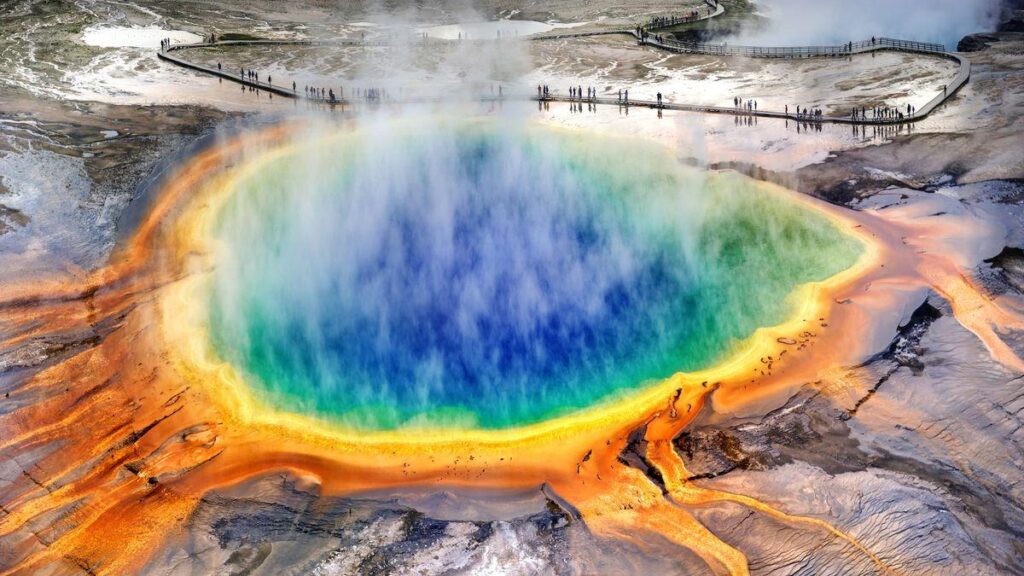The earth trembles with an unspoken warning, a geological giant stirring from its long slumber. Researchers monitoring seismic activity have detected ominous signs of movement along a dormant fault line that could redefine our understanding of tectonic risks. As underground pressures build and ancient rock formations shift, scientists are sounding a cautionary note about potential ground-breaking consequences that could reshape landscapes and challenge human resilience. This emerging geological narrative isn’t just about scientific data—it’s a stark reminder of the planet’s raw, unpredictable power waiting beneath our feet. Seismic experts are sounding the alarm about a potentially devastating geological phenomenon emerging along the Pacific Northwest’s Cascadia Subduction Zone. Recent scientific observations indicate unprecedented seismic activity that suggests the region’s massive fault line could be entering a critical phase of increased tectonic movement.
Advanced monitoring equipment deployed across Washington, Oregon, and Northern California has detected subtle but notable changes in ground displacement and underground stress patterns. Geophysicists tracking these developments report multiple indicators of potential geological instability that have not been observed in decades.
The Cascadia Subduction Zone, stretching approximately 700 miles from Northern California to British Columbia, represents one of the most complex and dangerous fault systems in North America. Researchers warn that accumulated tectonic strain could trigger a megathrust earthquake measuring potentially 9.0 or higher on the Richter scale.
Data collected from specialized seismographic networks reveal microscopic shifts in tectonic plate boundaries, suggesting immense pressure building beneath the Earth’s surface. These minute movements could precede a catastrophic geological event that experts believe could reshape entire coastal landscapes.
Advanced computational models developed by interdisciplinary research teams predict potential scenarios ranging from moderate tremors to full-scale regional disruption. The implications extend beyond immediate geological consequences, potentially impacting infrastructure, urban centers, and regional ecosystems.
Leading seismologists emphasize the unpredictability of such geological events while simultaneously highlighting the critical importance of continuous monitoring and preparedness.Public education and robust emergency response strategies remain paramount in mitigating potential risks associated with large-scale seismic activities.
Technological innovations in earthquake prediction have significantly enhanced scientific understanding of these complex geological systems. Sophisticated sensor networks and machine learning algorithms now provide unprecedented insights into underground dynamics, allowing researchers to develop more nuanced risk assessment frameworks.
Interdisciplinary research teams continue gathering thorough data, analyzing historical geological records, and developing advanced predictive models. Their collaborative efforts aim to understand the intricate mechanisms driving tectonic plate interactions and potential seismic events.
The potential awakening of this major fault line represents a critical moment in geological research, underscoring the dynamic and unpredictable nature of Earth’s geological processes. As scientific understanding continues evolving,communities along the Pacific Northwest remain vigilant and prepared for potential seismic challenges.






